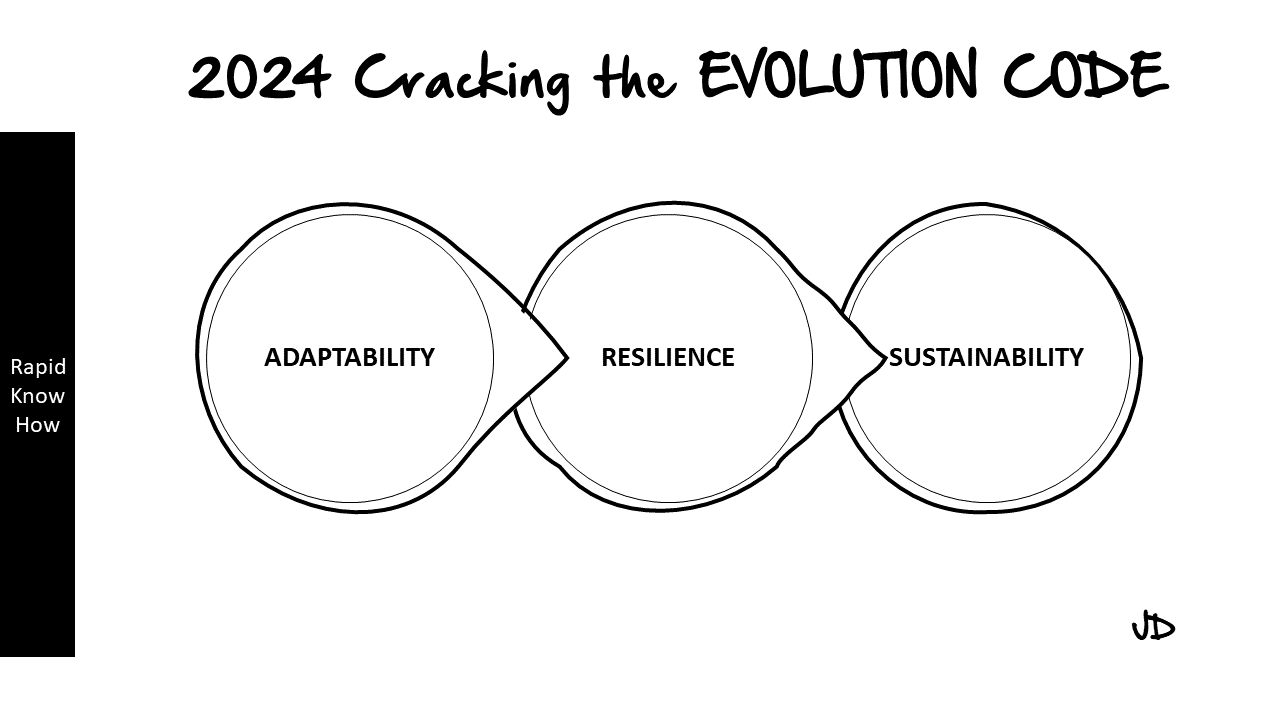Charles Darwin, the eminent naturalist and geologist, is best known for his contributions to the science of evolution. His most significant work, “On the Origin of Species,” revolutionized our understanding of life on Earth. One of the key moments that shaped Darwin’s theory was his encounter with the unique fauna of the Galapagos Islands, particularly the giant tortoises.
The Galapagos Islands are home to several species of giant tortoises, each adapted to their specific island environment. These creatures are a living testament to Darwin’s theory of natural selection. They have evolved over millions of years to survive in their harsh environments, developing unique survival strategies that have allowed them to thrive.
Understanding the survival strategies of the turtles
One such strategy is their slow metabolism. Giant tortoises can survive up to a year without food or water due to their ability to store fat reserves and extract moisture from the vegetation they consume. This adaptation allows them to endure periods of scarcity and drought that would be fatal for other species.
Another survival strategy is their large size and hard shell, which provide protection from predators. Their long lifespan, often exceeding 100 years, is another testament to their successful survival strategy.
3 lessons we can learn from turtles
So what can humans learn from these ancient creatures?
The first lesson is adaptability. The tortoises’ ability to survive in diverse environments through evolutionary adaptations teaches us the importance of being flexible and adaptable in our own lives. In an ever-changing world, those who can adapt are those who will survive.
The second lesson is sustainability. The tortoises’ slow metabolism and ability to survive on limited resources highlight the importance of sustainable living. In an era where resources are becoming increasingly scarce, we must learn to use what we have more efficiently and reduce our waste.
Finally, we can learn from the tortoises’ resilience. Despite facing numerous threats over the years, including hunting and habitat destruction, these creatures have managed to persist. This teaches us about the importance of resilience in the face of adversity.
What actions we can take to survive and prosper?
So what actions should we take to survive and prosper?
Firstly, we must learn to adapt. This could mean adapting to new technologies, changing job markets, or shifting social norms.
Secondly, we must strive for sustainability in all aspects of our lives, from the food we eat to the energy we use.
Lastly, we must cultivate resilience. Life is full of challenges and setbacks, but it is how we respond to these challenges that determines our survival.
In conclusion, Charles Darwin’s encounter with the turtles on the Galapagos Islands played a pivotal role in shaping his theory of evolution. These creatures’ survival strategies offer valuable lessons for humans today. By learning to adapt, striving for sustainability, and cultivating resilience, we too can ensure our survival in an ever-changing world.
